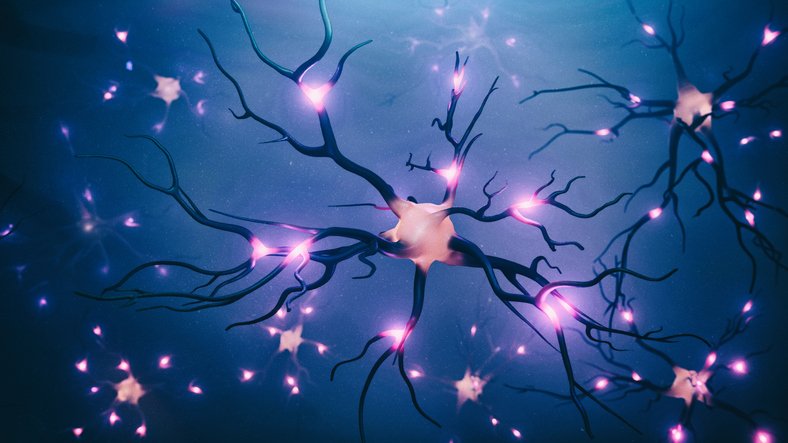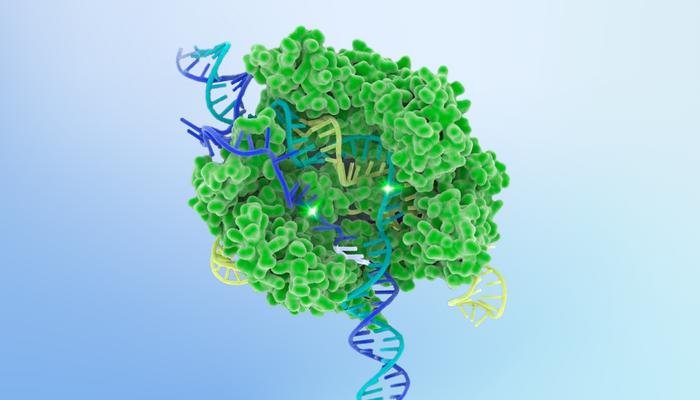The basal ganglia are a group of interconnected structures, located in the midbrain below the cerebral cortex, that play a crucial role in motor control, reward processing, and cognition. This region is also the site of many movement disorders, including Parkinson’s disease, Huntington’s disease, and Tourette syndrome. Whether the basal ganglia support all movements or are specialized for task-orientated behaviors remains unclear.
In a new study published in Nature Neuroscience titled, “Differential kinematic coding in sensorimotor striatum across behavioral domains reflects different contributions to movement,” researchers from Harvard University have shown that the basal ganglia implement two different codes in rats, one for recently-acquired learned movements and another for innate “natural” behaviors.
The researchers investigated the dorsolateral striatum (DLS), a subregion of the basal ganglia which plays a key role in learned behaviors. Rats were studied during two different activities: free exploration and a learned task in which they were trained to press a lever twice within a specific time interval to obtain a reward. To track their movements, the team used a system of six cameras around the enclosure plus a software system that categorized behaviors.
To understand the neural activity during these behaviors, electrodes were implanted into the brains of rats to record the electrical firing of neurons as they engaged in free exploration and the learned task. Results showed that the basal ganglia used two distinct “kinematic codes,” or patterns of neuronal electrical activity, during the learned task and natural movements.
“When we compared the codes across these two behavioral domains, we found that they were very different,” said Bence Ölveczky, PhD, professor of organismic and evolutionary biology at Harvard and co-corresponding author of the study. “They had nothing to do with each other. They were both faithfully reflecting the animal’s movements, but the language was profoundly different.”
The researchers concluded that the basal ganglia switch back and forth “between being an essential actor and a mere observer.” Kiah Hardcastle, PhD, a postdoctoral fellow in the Ölveczky lab and co-corresponding author of the study, speculated that the basal ganglia may be unable to completely turn off electrical signaling when not directing behavior so it shifts to a harmless “null code.”
In prior studies that removed the DLS, rats showed no differences in free exploration, suggesting that the DLS did not play a role in natural behaviors such as walking or grooming. However, the same animals were profoundly impaired when performing learned tasks, indicating that the DLS was essential for the newly acquired skills.
Hardcastle described these prior studies as a “massive change, like night and day.” While animals could perform a stereotyped movement repeatedly, approximately 30,000 times, rats with a lesioned DLS were unable to complete the movement again.
As the structures below the cerebral cortex, such as basal ganglia, are believed to have remained largely conserved through evolutionary time, Ölveczky says the new findings may be informative about humans. The study demonstrates that the basal ganglia play essential roles in learned movements, but not necessarily in routine motor control. The study also offers hints about neural dysfunction in human movement disorders.
“Our research suggests that the pathology associated with Parkinson’s can be understood as the diseased basal ganglia speaking gibberish, but in a very loud and forceful way,” said Ölveczky. “Thus, it inserts itself, in a nonsensical way, into behaviors it would otherwise not control.”
The post Rat Brain Reveals Code for Learned Skills, Clues into Human Movement Disorders appeared first on GEN – Genetic Engineering and Biotechnology News.




